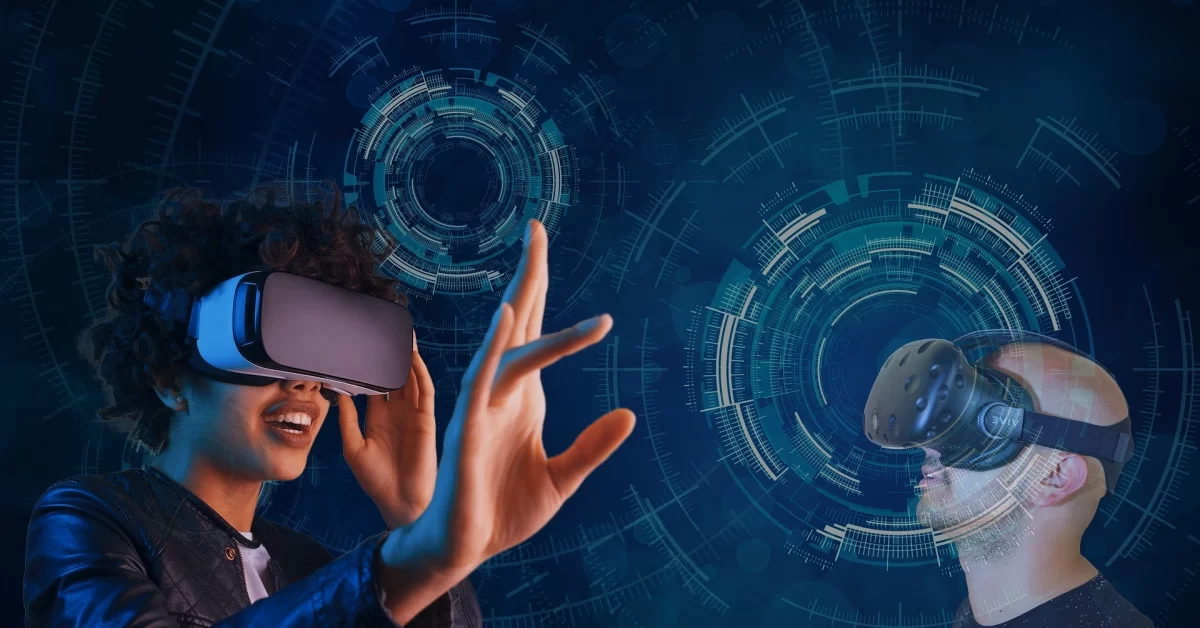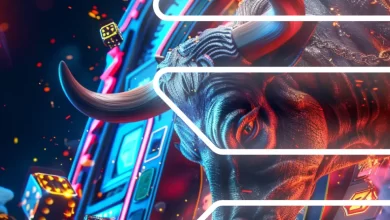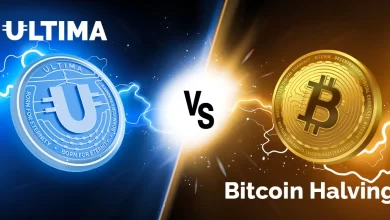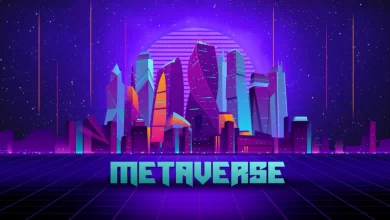A Deep Dive Inside The Metaverse

What exactly is the metaverse? “Metaverse” is now a big term in the realms of technology, business, and finance, and its meaning, like all buzzwords, is hazy, debated, and molded by the objectives of those who use it.
One thing is certain: Neal Stephenson created the phrase in his 1992 book Snow Crash to describe a virtual world in widespread usage in his envisioned future, a 21st-century dystopia.
The metaverse is a virtual-reality universe presented in Snow Crash as a planet-encircling market where virtual real estate can be purchased and sold, and where VR goggle-wearing users inhabit 3D avatars of their own design.
These three aspects — a VR interface, digital ownership, and avatars — are still significant in modern metaverse concepts. However, none of these are necessary to the concept.
In basic terms, the metaverse is defined as an aesthetically rich virtual arena with some degree of realism in which people may work, play, shop, and socialize.
In short, a platform where users can perform the things that humans prefer to do together in real life (or, perhaps more to the point, on the internet).
Proponents of the metaverse often emphasize the notion of “presence” as a distinguishing factor: feeling like you’re there, and that other people are also truly there with you.
In the guise of video games, this version of the metaverse may already exist. However, there is another meaning of the metaverse that extends beyond the virtual worlds we are familiar with.
This description does not define the metaverse in any way, but it does explain why everyone believes it is so essential.
This term isn’t about a future vision or a new technology. Rather, it looks to the past and now-commonplace technology such as the internet and cellphones and posits that to replace them, the metaverse must be invented.
The metaverse is described as “a type of successor state to the mobile internet” by famous venture investor Matthew Ball, who has written extensively about it.
Mark Zuckerberg, who announced the rebranding of Facebook to Meta and said that the metaverse will be its emphasis last year, used an almost similar term; obviously, Ball’s articles have had a tremendous influence on Silicon Valley thinking.
Remember how cellphones transformed technology, the economy, and society? The metaverse is predicted to be a similar watershed, and many firms are racing to be ahead of it.
Many aspects of Ball’s vision are debatable, but the most significant is his claim that the metaverse would be a single network as open, linked, and interoperable as the internet is today. That’s a lot to ask. But let’s not go too far ahead of ourselves.
In Metaverse Gaming, gamers may earn money by playing
NFTs support the notion of play-to-earn in the metaverse. NFTs may be used to create in-game assets with a real-world value in metaverse-ready gaming apps.
NFTs earned during games may subsequently be cashed out for actual money. For example, you may be the owner of a one-of-a-kind skin that is entirely yours and not the property of a centralized game corporation.
As more people begin to play the game and desire to buy a piece of it, the value of the NFT will rise over time. Then you may trade or sell your NFTs to make additional money.
From a supply standpoint, the growth of the P2E gaming model is being driven not only by gaming platforms such as Axie Infinity and StarTerra (which are critical for the provision of games and the tokenization of in-game content).
The P2E gaming model is driven also by ancillary platforms such as Yield Games Guild (which makes the otherwise prohibitively expensive tokens required to enter the games affordable and accessible to new players), larger tech companies such as Meta and Microsoft (who are increasing their investments in P2E gaming).
As new players enter and fill existing gaps in the ecosystem, the overall supply ecosystem for P2E gaming becomes more “full service,” offering increasingly frictionless interactions (whether social or economic) and greater access/participation across geographies, which will drive customer demand not only in emerging economies but also in developed economies.
Experts in the gaming business think that the combination of cryptocurrencies and gaming has always been unavoidable, particularly since the introduction of distinct digital currencies inside games.
One good example is Bullieverse, an Open Metaverse created for the community of creators and gamers. It is designed to provide an immersive experience for Web 3.0 citizens.
As a consequence, gamers may enjoy an out-of-this-world experience while also benefiting from a clear and fair monetization system that underlies the play-to-earn economy.
Furthermore, the platform is driven by a simple ‘low code’ platform that allows community members to create and distribute games. The end product is a high-quality gaming platform where users may play and earn while also having fun.
Murali Reddy, Co-founder of Bullieverse says: “At Bullieverse, we are building an open world Metaverse on an unreal engine where our community can create and play games to earn rewards and NFTs. We are a virtual marketplace for gamers and creators and offer utility to NFT communities.”
Bullieverse is, at its heart, a game environment that rewards the community for their time and dedication. Users may not only possess NFTs, but also utilize them to play games. Their asset owners have the option to rent or lease their assets to others in the community.
The Metaverse may also offer events and experiences for the community to enjoy and remember. Bullieverse will eventually be able to interact with other Metaverse economies.
Building a dedicated and crypto-native audience that adores Bullieverse’s NFT designs, engaging gameplay, and easy game development tools would serve as the foundation for the whole idea. Staking is another feature that will take place within the platform.
Chief Growth Officer at Bullieverse, Arunkumar Krishnakumar also shared his thoughts: “Staking is a part of our product journey and will be launched right after token launch. Our token burning process will happen with several transactions that we are enabling on the metaverse.”
“He continued to say, “Our marketplace will be selling land, game portals, in-game assets like guns, artillery, armor, etc., and token utility will be high due to this.”
We’ve already seen this with current gaming behemoths like Roblox, which offers its in-game currency, Robux, which is pegged to the USD (and is currently worth more than the Russian ruble), and has managed to create an entire socioeconomic ecosystem based on this currency within their gaming “metaverse.”
What distinguishes Axie from conventional games (and hence important to developing economies) is that the money used to back their games is a cryptocurrency, which currently has significant value in the larger metaverse and the real world.
However, this is a two-edged sword: players can only gain value and profit from games like Axie Infinity as long as the underlying cryptocurrency has significant worth in both the digital and real worlds.
Given how volatile cryptocurrencies have shown to be, it is questionable if an Indonesian player could view his “work” as an Axie Infinity gamer as a solid vocation (beyond accepting such volatility as part of “learning how to play the game properly”).
P2E gamers may (and do) convert the majority of their in-game profits into fiat cash (after all, we’re talking about the jobless population in impoverished nations, where the main priority is putting food on the table and providing for their family).
This, however, is not expected to last much longer. Key industry stakeholders, like Axie, are increasingly advocating for players to keep their gains inside the metaverse, whether by purchasing “virtual” land/real estate, investing in NFTs, reinvesting revenues back into the games, or other means.
As this trend continues, it will be vital to ensure that gamers, particularly those from impoverished nations, are well educated about their choices and the consequences.
It will also be critical for governments to adopt their own approach if a significant section of the employable labor begins to migrate to the metaverse.
Conclusion
Given how profitable P2E gaming has proved to be, it is unsurprising that a big section of the workforce in countries such as Indonesia and the Philippines (where Axie has a major presence) is foregoing secure jobs/careers in favor of playing games on Axie.
Furthermore, given how decentralized not just the job (you don’t need to travel to the Axie office to play its games) but also the rewards (Axie tokens may be sold anywhere), we’re seeing gamers in other regions of South Asia, Africa, and South America begin to follow suit.
This is all taking place in the absence of any legal employment contract with Axie or any clear government regulation/taxation policy for these earnings.
As a result, Axie and the P2E gaming sector are doubling down on the gig economy phenomena, generating unprecedented growth with little to no commitment from those driving this development or obligation to regulatory agencies.
If governments, particularly those in developing countries, do not pay attention, it may be too late to safeguard their population or assure the continued expansion of a completely new (and unquestionably complicated) business in a way that promotes general well-being.
The metaverse’s play-to-earn game model is an emerging business in which users may monetize the amount of time they spend playing video games.
Because the concept is still in its infancy, it is difficult to predict how lucrative this game model will be for participants in the future.
Disclaimer and Risk Warning
The article is intended for informational purposes only and should not be considered professional advice or a substitute for specific expertise. Coinpedia is not responsible, directly or indirectly for any losses incurred as a result or in connection with the utilization or dependence on any content, products, or services mentioned. Readers should do their research before taking any actions related to the company. Contact us if you have any issues or concerns.













